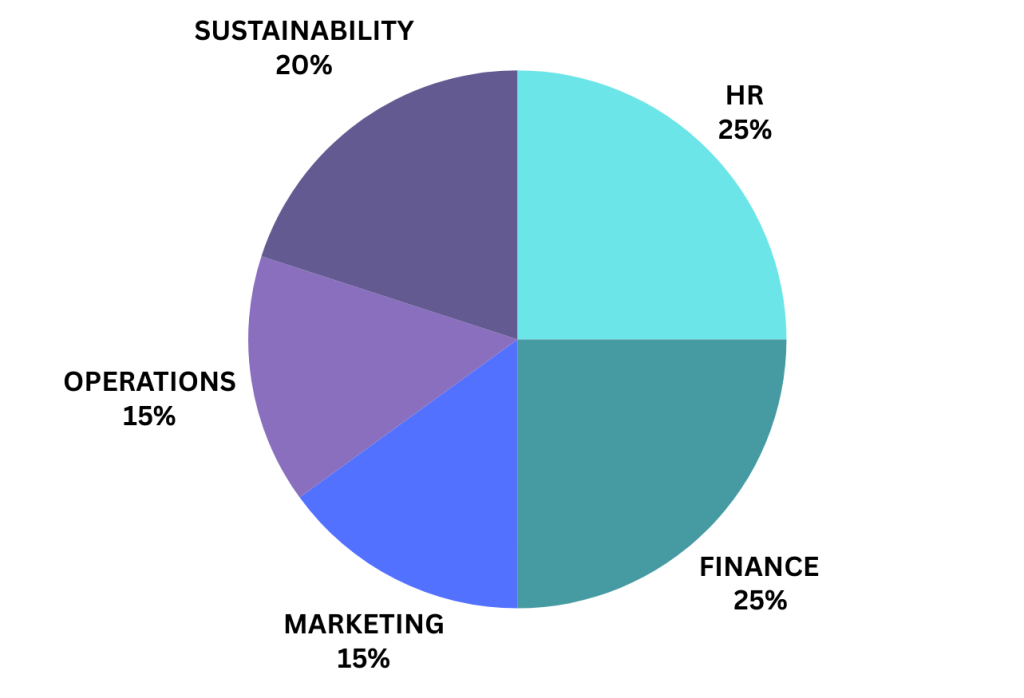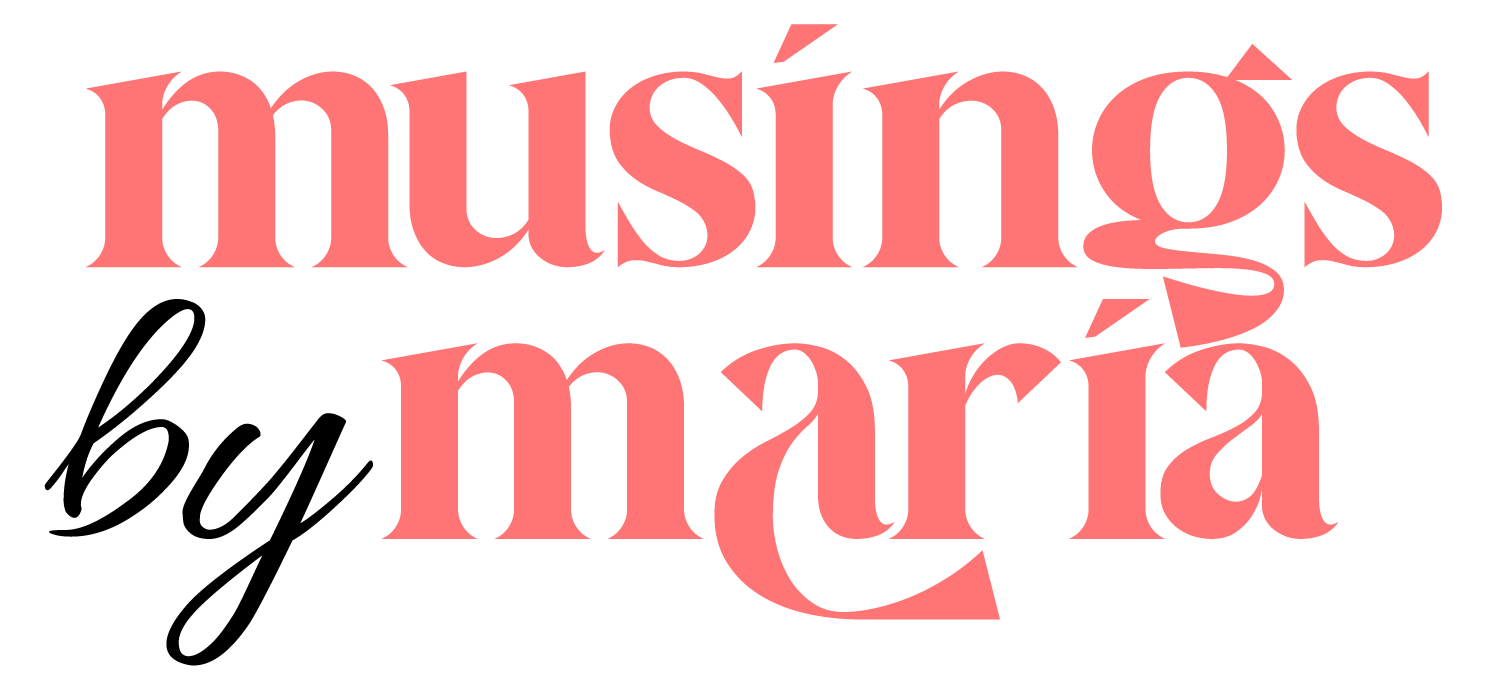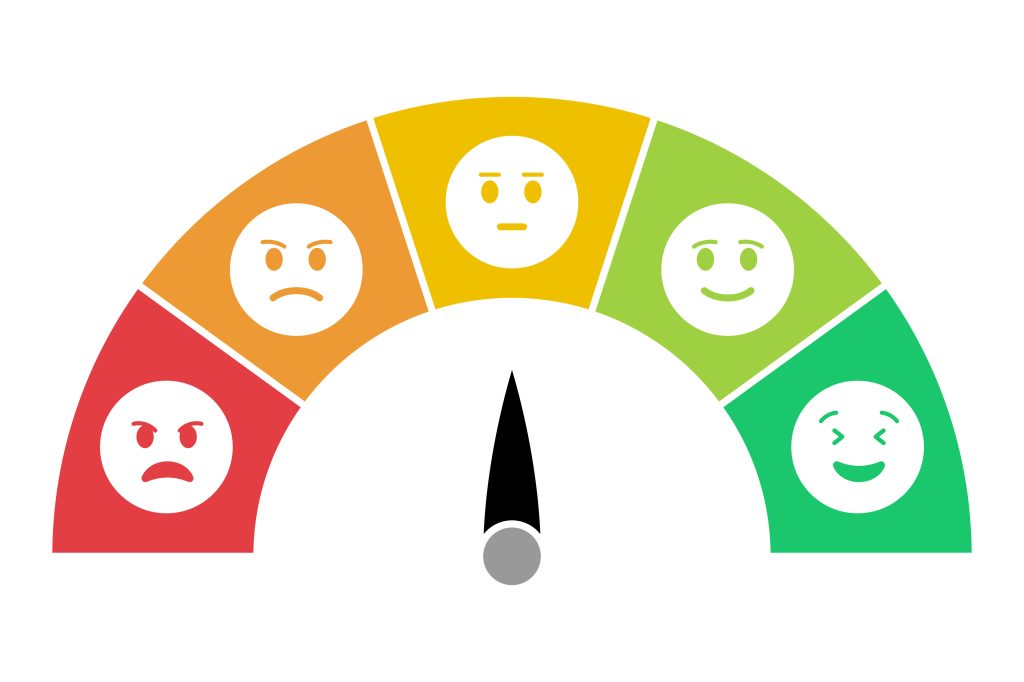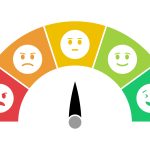Picture this: You’re caught in the web of stalking your favorite brand on Instagram. The reels are catchy, posts are flawless and you are already drawing a mind map in your brain of adding items to your cart.
While you’re doing this in full swing, your eyes suddenly come across something new under their profile. Ethics Score: 4.5 – Grade A.
Wait! Now what’s that? You rub your eyes and realise yes it is actually there. You smile. Because suddenly you are not just buying a product. You’re supporting a company that stands for integrity, transparency, and values.
Say hello to the world of Ethics Scores. Here companies no longer chase profits but focus on building a firm that follows principles and ethical practices. Yes, they would be (gently) grilled on how kind, clean and conscious they are from every aspect and domain. And yes, the drama is delicious.
Not Just Another Buzzword: What’s an Ethics Score, Really?
It’s a score out of 5 that will throw light on how ethically a company operates. It is calculated based on how ethical the company is across different domains like HR, Finance, Marketing, Operations, and Sustainability.
The scores from each domain are assessed based on indicators that are specific to each domain. These scores are then weighted and combined to get the final Ethics Score.
Nowadays, customers care more than just price. They care about the business, how they operate and cultivate value in their processes. This score can bring this much needed visibility, clarity and accountability just like holding up a mirror to a company’s soul.
Now let’s break down how different departments contribute to this score.
HR – Are the People Thriving or Just Surviving?
When we talk about HR, we have to deeply dive into the company’s work environment, employee treatment and other factors that govern people, policies and work culture. Factors that will be included while curating the score can be fair pay and compensation, workplace safety, diversity and inclusion and predominantly, employee satisfaction.
25% can be allocated for employee satisfaction surveys, as happy workers indicate a good company. 25% for diversity and inclusion, creating a place where everyone belongs in the leadership ladder. Safety standards and anti-harassment policies can contribute towards the rest 50% by analyzing compliance reports and evaluating whether policies are fully enforced.
Finance: Where Ethics Meet Excel Sheets
Moving on to Finance, factors that can be assessed are accounting transparency which includes company’s financial statements and audit reports, tax compliance (understanding the company’s history with tax payments), analyzing whether there’s any record pertaining to financial scandals or frauds and observing shareholders’ treatment.
The split up can be 40% for transparency rating (based on audit reports), 30% for tax compliance and another 30% for a clean financial record.
Marketing: Glitter, Guts, and Grit
To curate the score for the marketing department, honest advertising can be measured by analyzing marketing campaigns and checking for any false advertising allegations. Look out for customer feedback and how negative ones are handled. Influencer transparency can also be measured to see if sponsored posts are clearly mentioned and ethical guidelines are strictly followed. The company can also be tested on the ground of data privacy to ensure that personal data is not being shared without consent.
Weightage can be distributed as 40% for ad and marketing campaign transparency, 30% for customer relations and the rest 30% for data privacy and compliance with laws like GDPR.
Operations: The Behind-the-Scenes Hero
To ensure best practices under the Operations department, the following dimensions can be considered. Supplier standards can be validated to check for full compliance along with observing workflows, whether they are smart and streamlined. Waste management and maximum utilization of resources can be a key indicator. Quality assurance methods need to be analyzed along with energy efficiency.
Here’s how we slice the pie: 25% for process control and standardization through internal process audits and reviews, 20% for waste and resource management through waste audits and material usage ratios, product quality and fault rate can be given 20% and the rest 35% for energy efficiency and ethical sourcing without compromising vendor standards.
Sustainability: Going Green Without Greenwashing
First up: carbon footprint. We need to assess how much the business is contributing towards global warming and what they are doing to curb the scenario. Sustainability in operations like use of renewable methods can also be monitored. Another perspective is to look at the product’s afterlife. Are the products built to last or is it as a whole or as parts, reusable or recyclable?
To calculate the sustainability score, we weigh carbon footprint at 40%, eco-friendly practices at 30% and product sustainability at 30%. This can be gathered through sustainability reports, ESG reports, CSR projects, sustainable sourcing and packaging and other environment-based initiatives.
From Data to Digits: How the Final Ethics Score Adds Up
Once individual scoring is done for each department, a weighted average must be calculated. This can be done as follows:

The final ethics score can be calculated as a weighted average of all these scores to get a score out of 5.
Not Pulled from Thin Air: Here’s Where the Data Actually Comes From
So we talked about different weightages and criteria but where do we source or cumulate the data for the same? Let’s get one thing straight that calculating this score isn’t as easy as driving through a free road. We need real actions plus real proof to substantiate the score a company is assigned with. So, where do we gather all this juicy data from?
We need to dig deep into the company’s internal reports, policies and those long, boring documents about compliance that would speak volumes. We need to widen the lens by listening patiently to both sides of the story: customers and employees. Honest feedback with anonymity can do wonders.
Another way can be to look up independent audits, whistleblower reports and online reviews. An insignificant Glassdoor review might be more groundbreaking than a 50-page long report.
And the creamy part is that companies can use this score to show off on their websites. A new leaderboard to climb up, a new milestone to crack or a new kind of scoreboard, that’s what it means to brands.
The Bottom Line: Ethics Is the New Edge
Ethics score is not just a number but something that is rooted on principles and driven by value. Companies that fetch a good score can win investor confidence, attract better employees, stay ahead of risks and sail better than their competitors.
So whether you are a founder, a conscious consumer or a curious employee, it’s time to raise the question, “What’s your company’s Ethics score?” and more importantly, what can be done to bump it up from ‘meh’ to ‘wow’?







